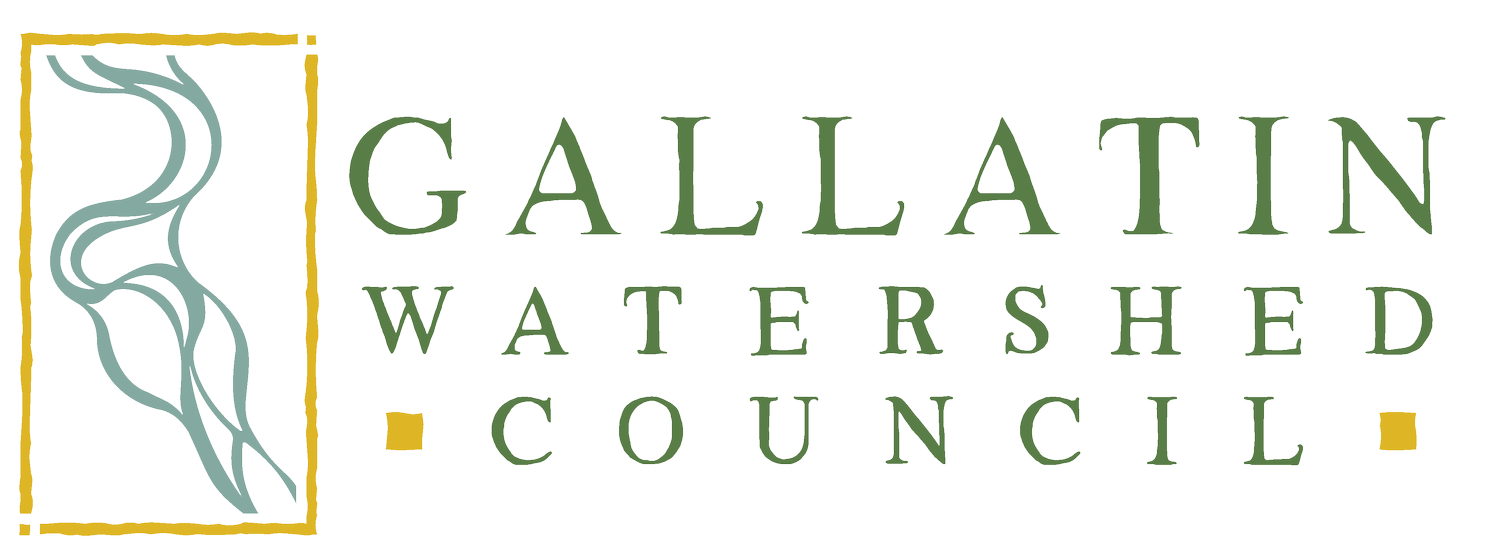Watershed Interpretive Signs
Thank you so much for visiting our watershed interpretive signs!
These signs are a partnership between the Gallatin Watershed Council and the City of Bozeman. Many amazing partners such as the Association of Gallatin Agricultural Irrigators, MSU Extension Water Quality, and the Gallatin Local Water Quality District contributed to the content of the signs. Townsend Collective and Katie Christiansen designed and illustrated the signs.
The partners involved recognize that Indigenous Peoples occupied the lands that now constitute the greater Bozeman area since time immemorial; and Bozeman is built upon their homelands, hunting grounds, and along their sacred waterways. For more information, visit the MSU Native Lands Project.
For more information on accessibility, please visit the City of Bozeman website.
Want to visit more signs?
Below is a map of the locations of all our interpretive signs.
Are you interested in installing your own watershed-themed interpretive sign? Email info@gallatinwatershedcouncil.org.
Recreating Responsibly
A watershed is an area of land that drains to a single point on the landscape. All water in the Lower Gallatin Watershed flows to the mouth of the Gallatin River near Three Forks. There, the Gallatin River joins with the Madison and Jefferson to form the Missouri River! Our water supply is finite and shared with all the people, plants, and animals in the Lower Gallatin Watershed. Water picks up many things as it flows over and through the ground, like soil particles, animal waste, fertilizer, and discharge from septic tanks that can cause pollution in our rivers and streams. This is called nonpoint source pollution. Since we are located at the headwaters, every action across the landscape ultimately impacts our neighbors downstream, human and animal alike.
Mountain Snowpack accounts for the majority of our water supply. The snow that falls in the winter sustains our groundwater, wetlands, and rivers throughout the whole year. The City of Bozeman gets its water from Hyalite Reservoir, Lyman Spring and Bozeman Creek. This water is treated so that we can drink it, but we also use it to water our lawns and wash our cars.
Under the Montana Stream Access Law, the public may use rivers and streams for recreational purposes up to the ordinary high-water mark. Users should obtain permission from the landowner before attempting to access a stream by crossing private land.
Please consider the following when you head out to enjoy our waterways:
Clean up fishing line— it can ensnare birds and other animals.
Pick up your cigarette butts— they contain toxic chemicals that can be consumed by animals or dissolve in water.
Pick up and pack out ALL pet waste.
If nature calls and no facilities are available, pack out all human waste in a sealed plastic bag or move at least 100 feet away from any water source and bury your waste 6 or more inches below the soil.
Don’t use soap or chemicals like shampoo in rivers or lakes.
When recreating in Montana, protect our waters by following all aquatic invasive species laws.
Keep yourself and your pets on existing trails or beaches to avoid erosion and damage to streambanks.

